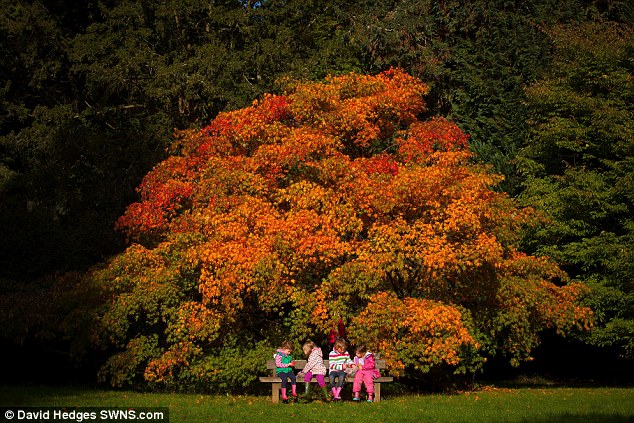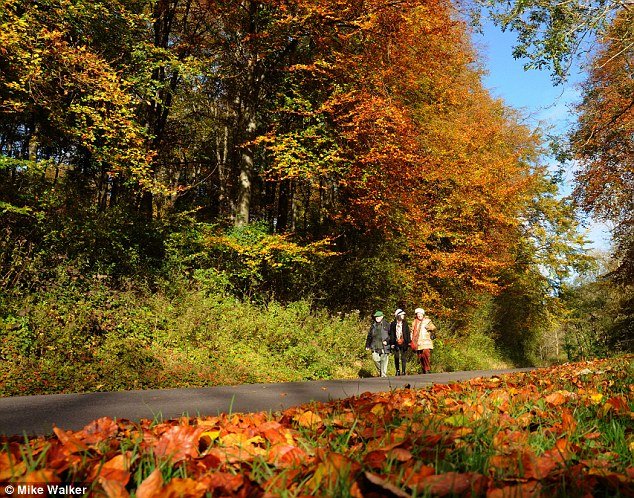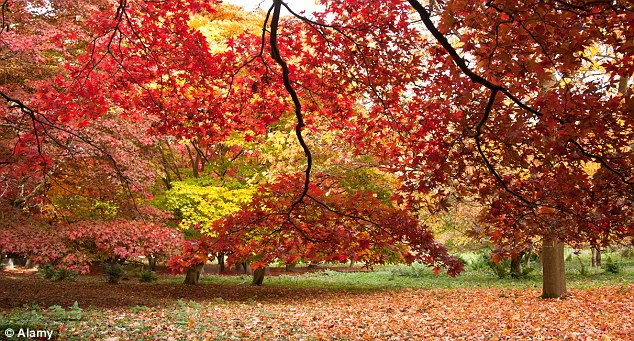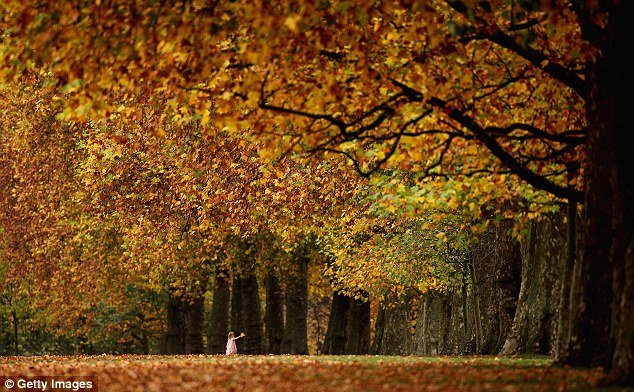Probably the most awaited and most striking autumn accent is the bright, orange, red and yellow leaves that fall from the trees, overwhelming and colorful our parks and aleus. Although this process is happening annually, the answers to why this is still not completely clear.

"Many different species of trees are preparing for the cold season by dropping their leaves," weathered meteorologist Quincy Vagell. "These processes occur during the autumn in the Upper Latitudes of the Earth and in the Northern Hemisphere. Meanwhile, in subtropical and tropical forests this is evident from the beginning of the dry period of the year, when the trees respond to the fall in rainfall as a preliminary reminder of the upcoming cold season. "
In the autumn, the earth is dying too much before, and the Sun spends much less time in the sky. As Vagell said: "Trees, like most plants, are particularly susceptible to the rising darkness of the day. When it comes to late autumn and early winter, when the days are getting shorter, such environmental changes for trees are triggered by the time it takes to prepare for winter. "

The process begins when the cells that are located near the leaf intersecting points begin to intensively divide, creating a layer of "exclusion" which in the course of time stops the transport of nutrients through the stem to the leaf. This layer also results in a disruption of the chlorophyll cycle, when the action of the pigment that supplies the nutrients is stopped. Fishy chlorophyll leaves the green color of leaves for orange and red pigments, which also color the trees in brightly colored colors, which we used to see in mid-autumn.
At the time of leaf fell, trees in this way can preserve the water and energy they need when trying to survive the unpleasant autumn valleys. Despite the fact that the leaves collect and convert sunlight into the energy used by the same trees, the implementation of this process in the cold season can be very dangerous and harmful to them.

The trees use a huge amount of water to transport energy from leaves to other parts of the tree, and if during such transport the water gets frozen and started to expand due to the cool weather, it could cause fatal damage to the tree cells. In regions where large snow levels occur, the leaves of trees that hold the snow and its huge weight can threaten not only trees with branches down but also nearby people.
The fall of the leaves is most commonly observed after the first frosts, but this may also occur during the summer period, due to prolonged droughts. The trees lacking adequate water capacity can not function properly, which causes damage to not only their leaves but branches.

So now, when you are not looking for the most enjoyable period of autumnal and leaf rape, you will already know for what reasons this has happened.
Nice to see these beautiful pics. Thanks for sharing
Downvoting a post can decrease pending rewards and make it less visible. Common reasons:
Submit
astonishments
Downvoting a post can decrease pending rewards and make it less visible. Common reasons:
Submit